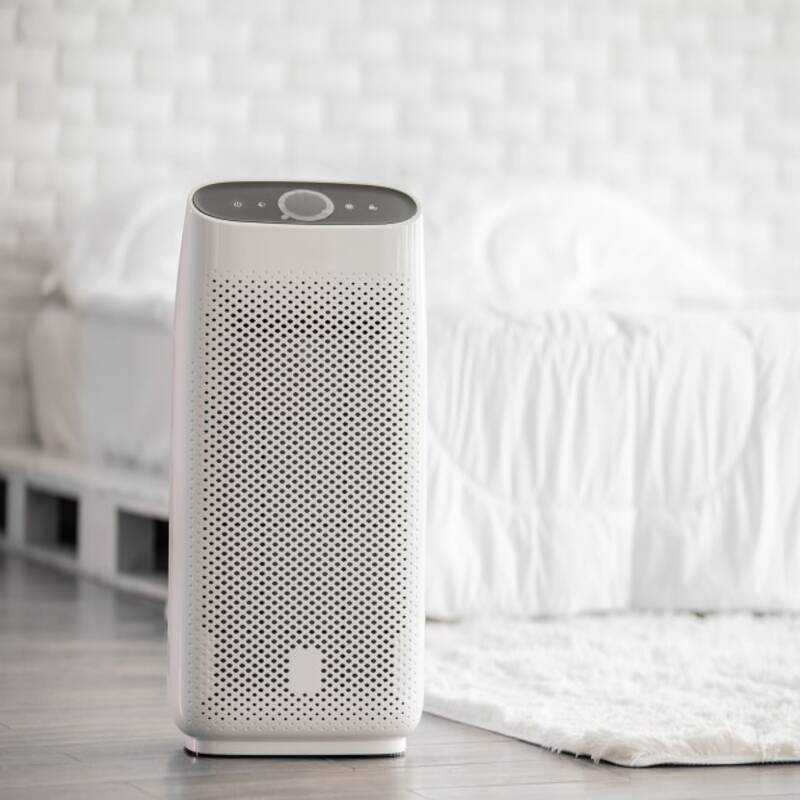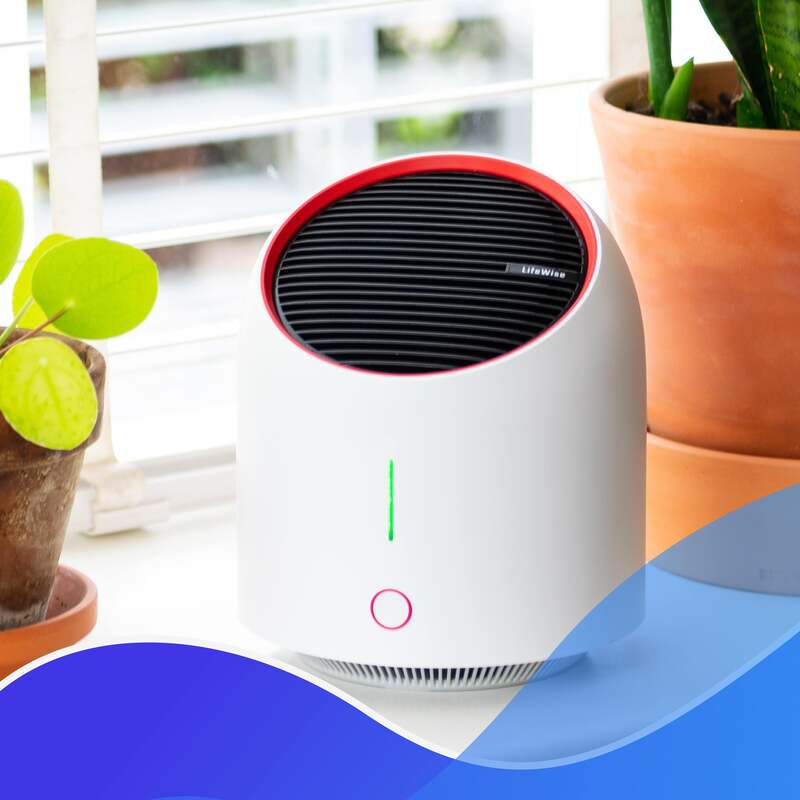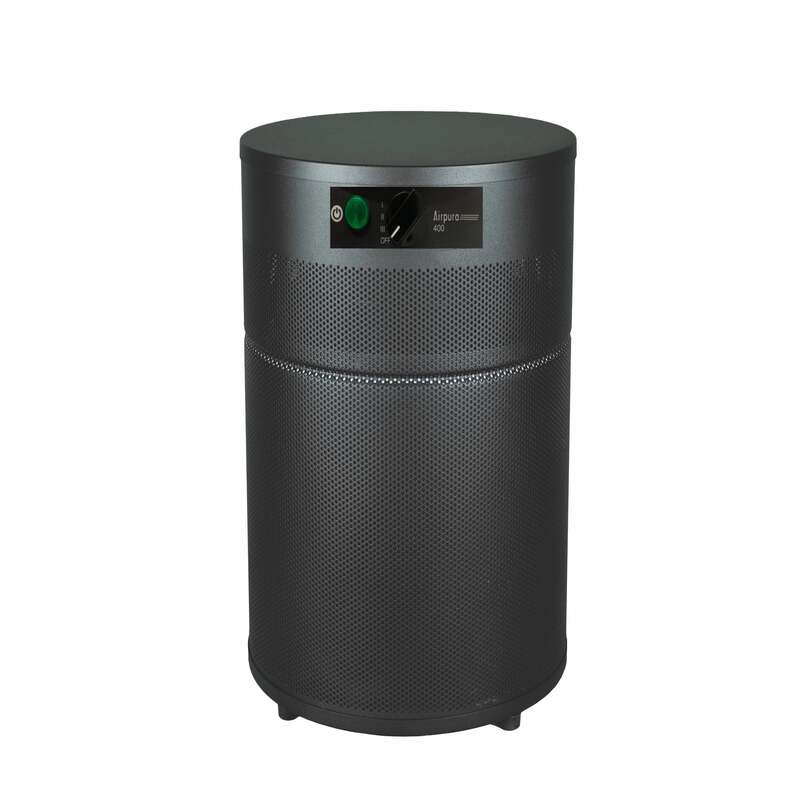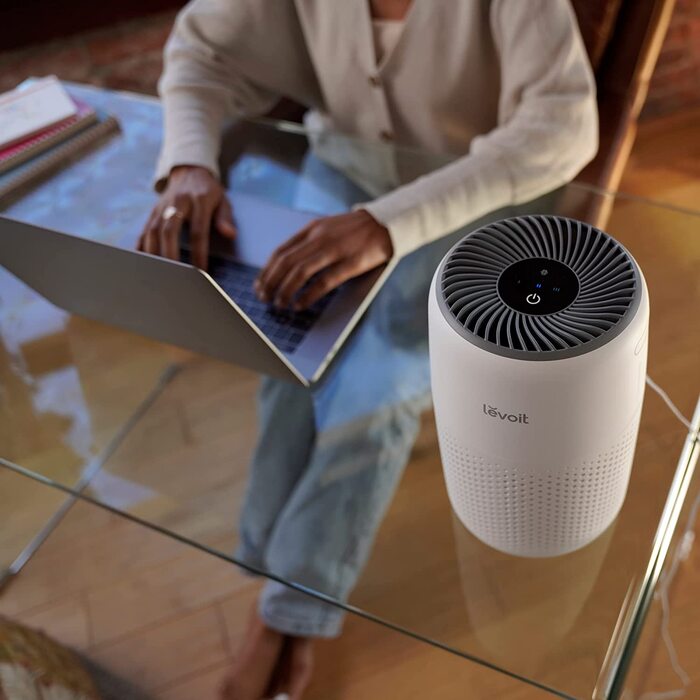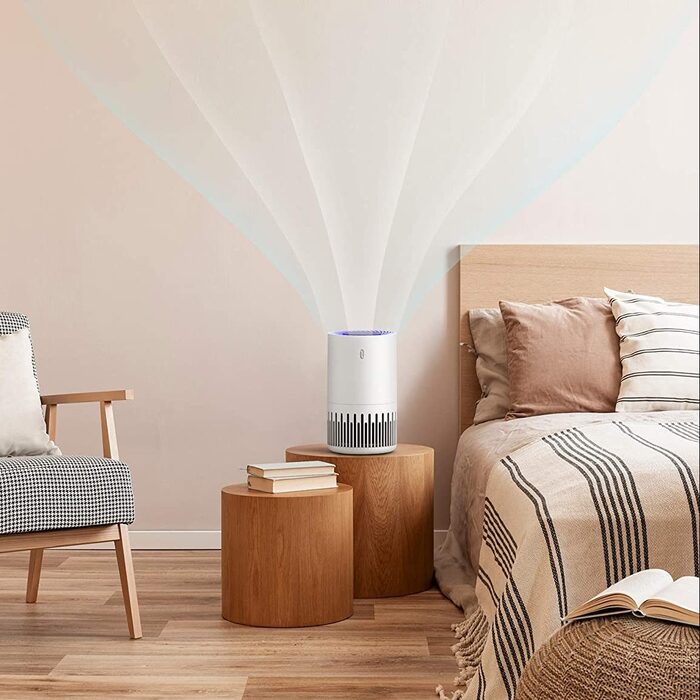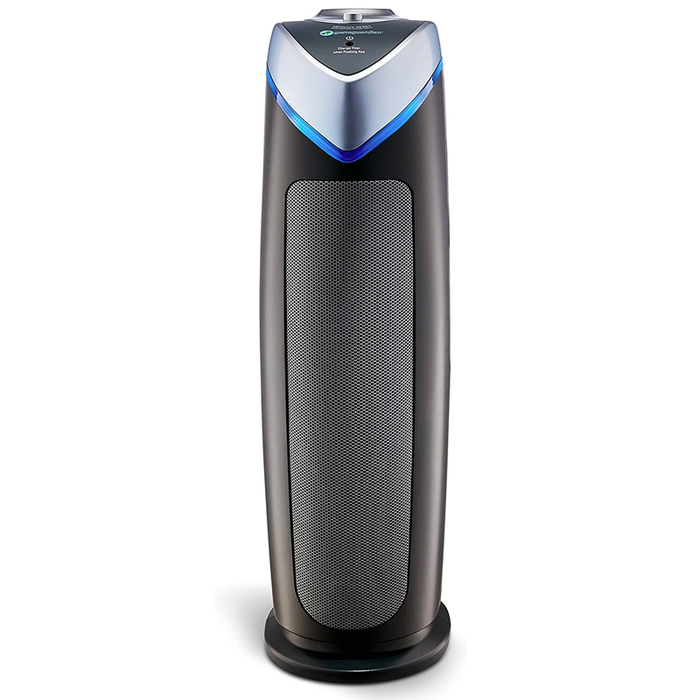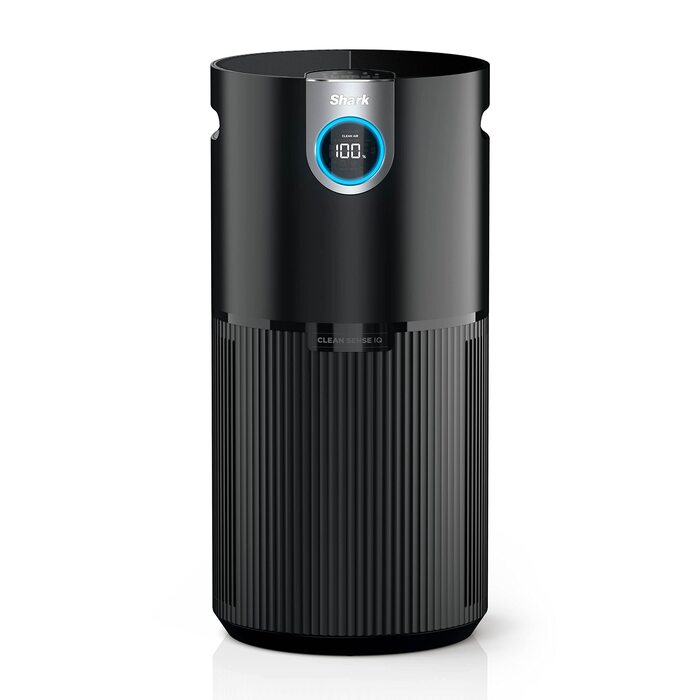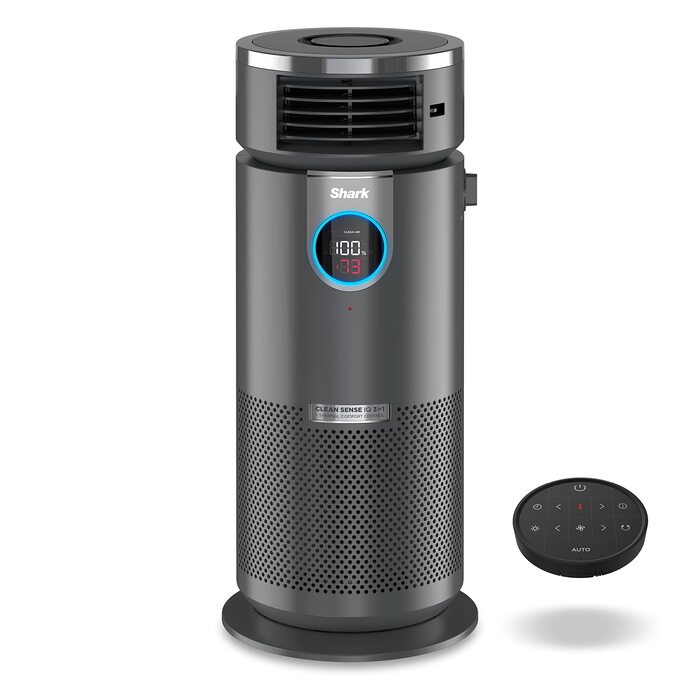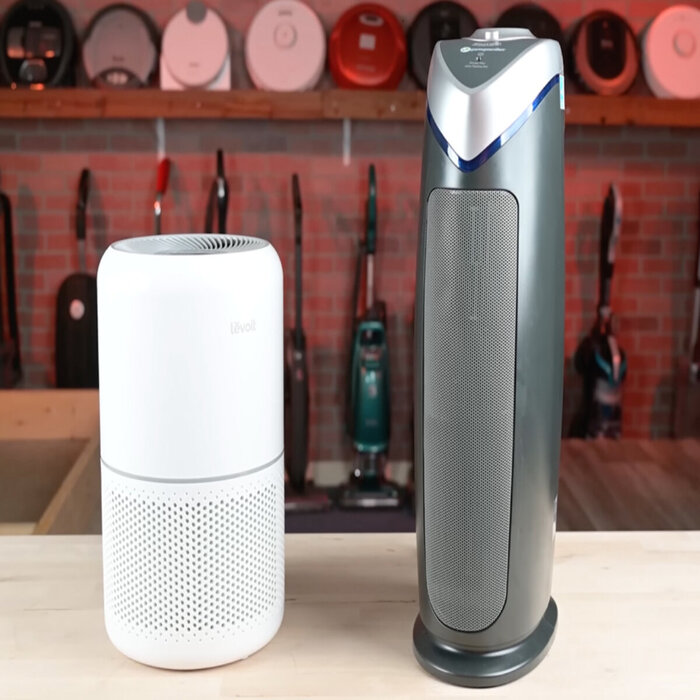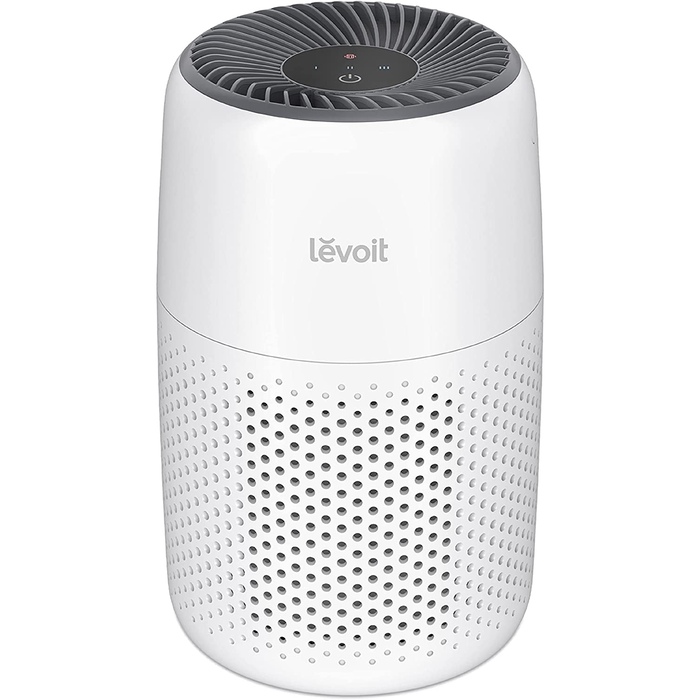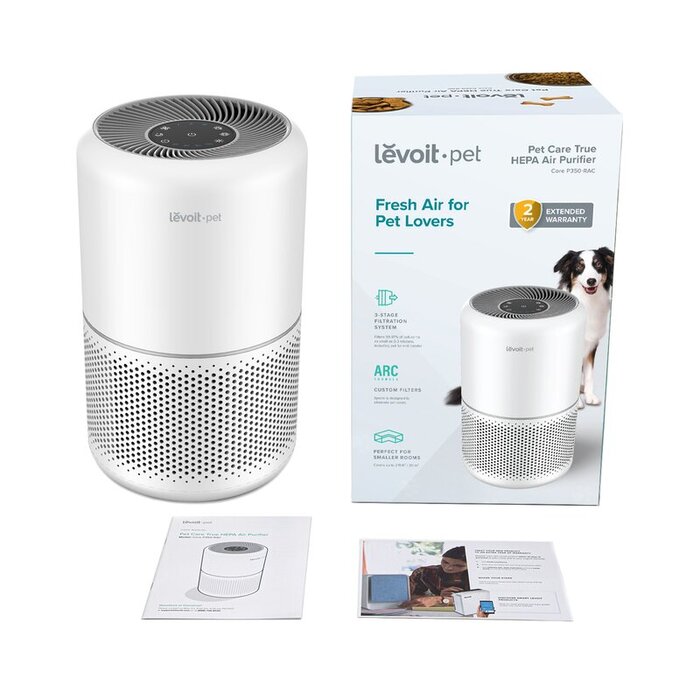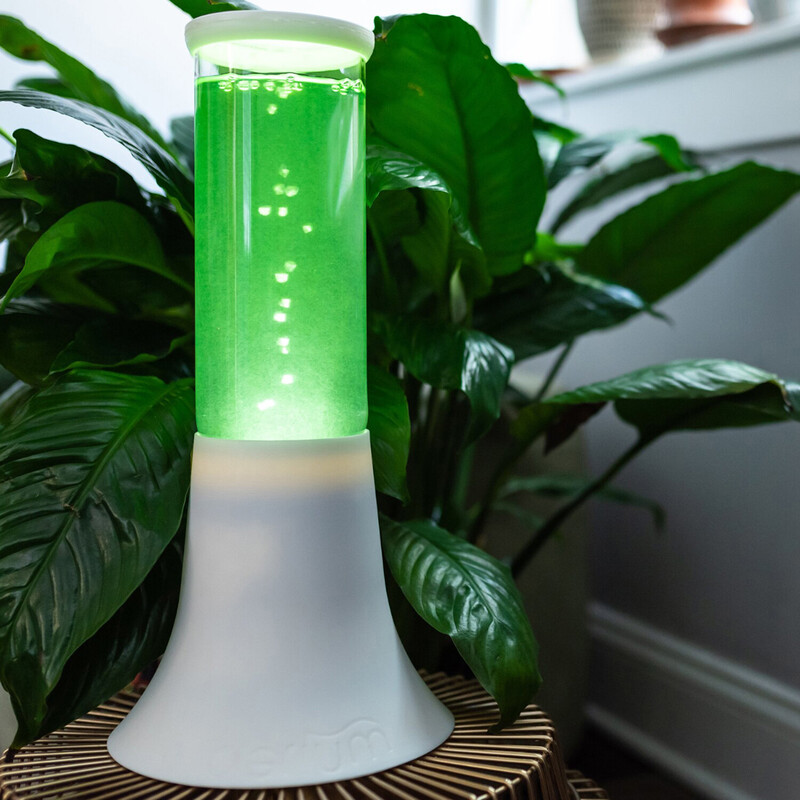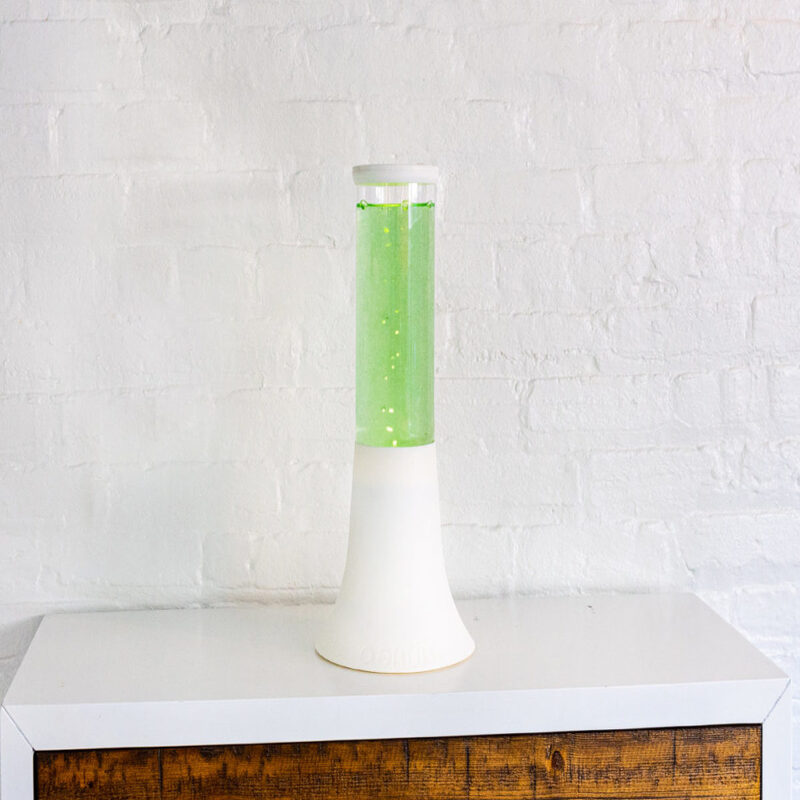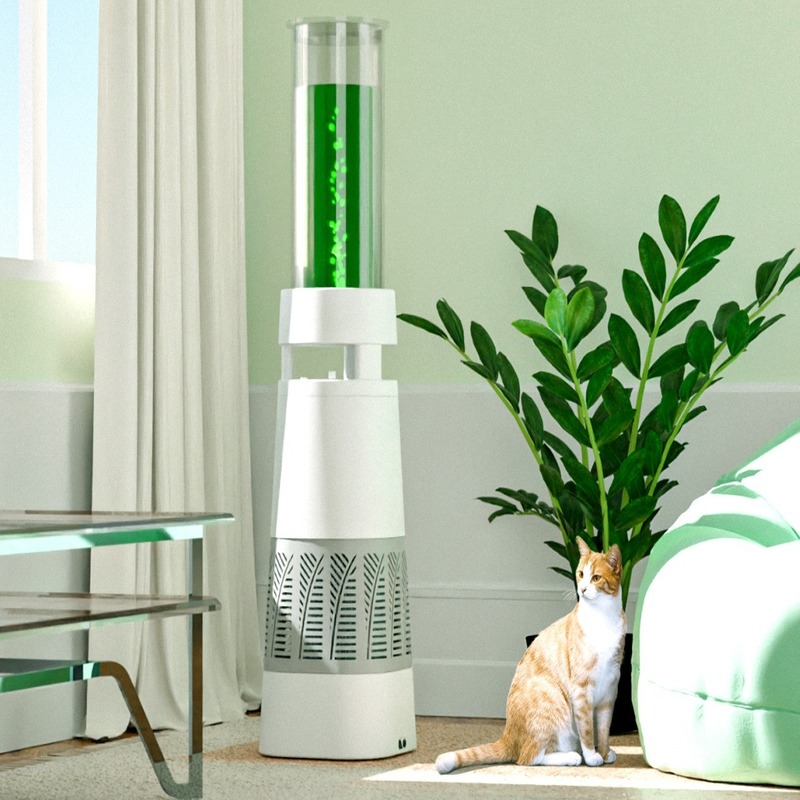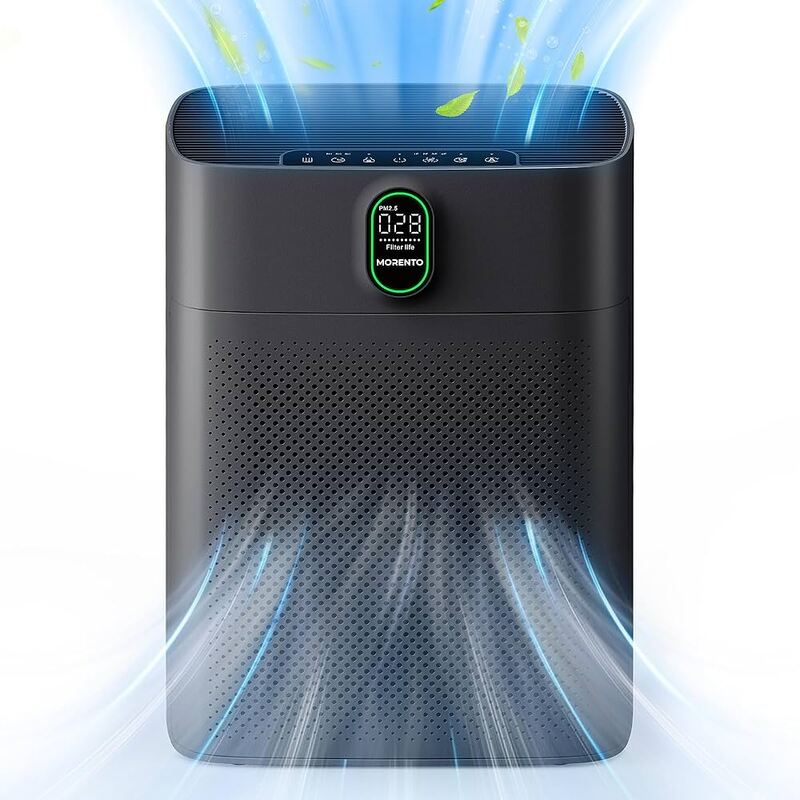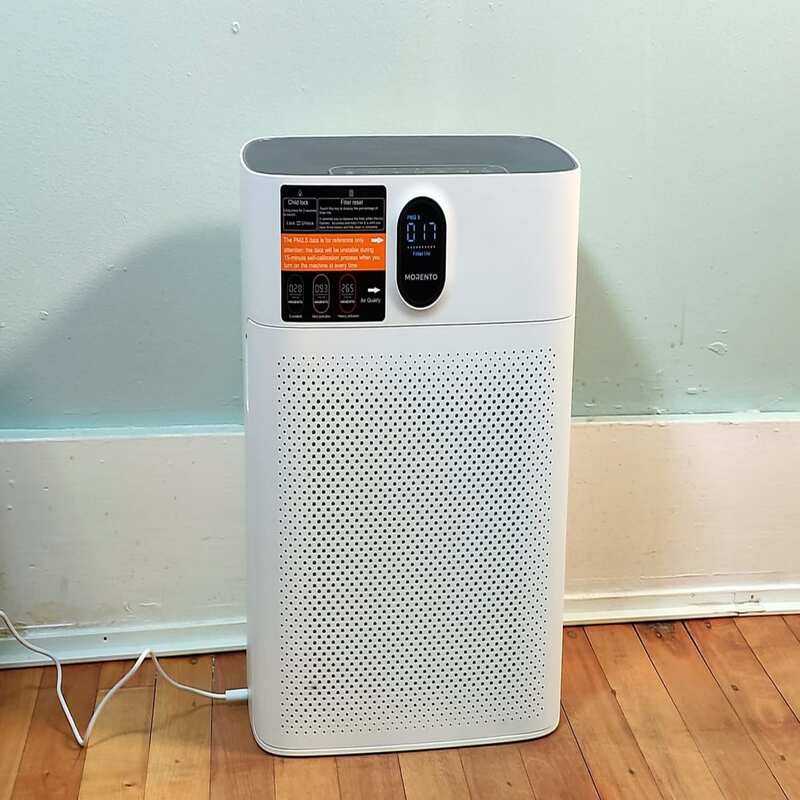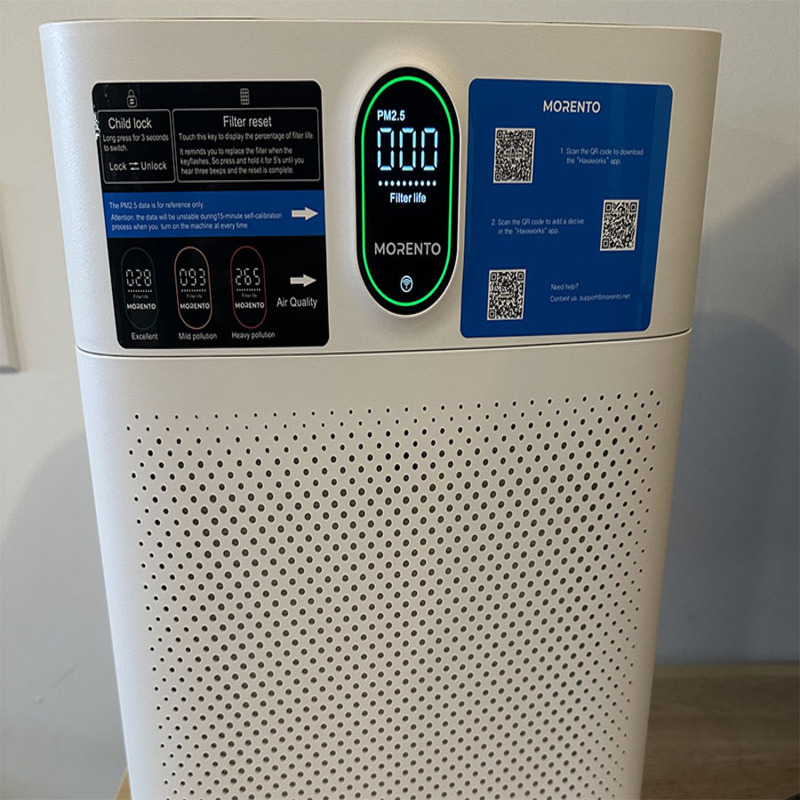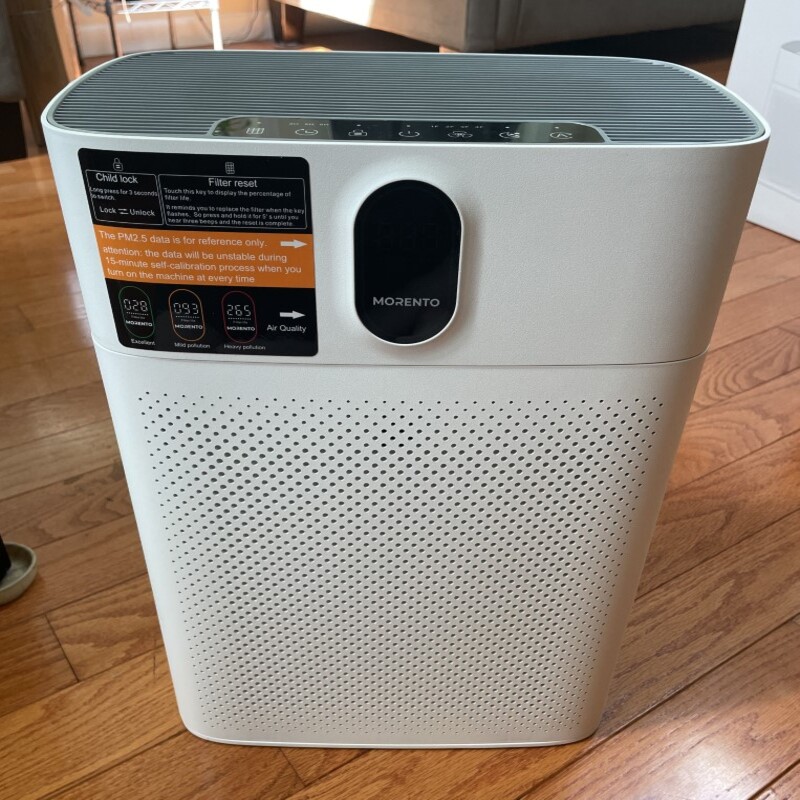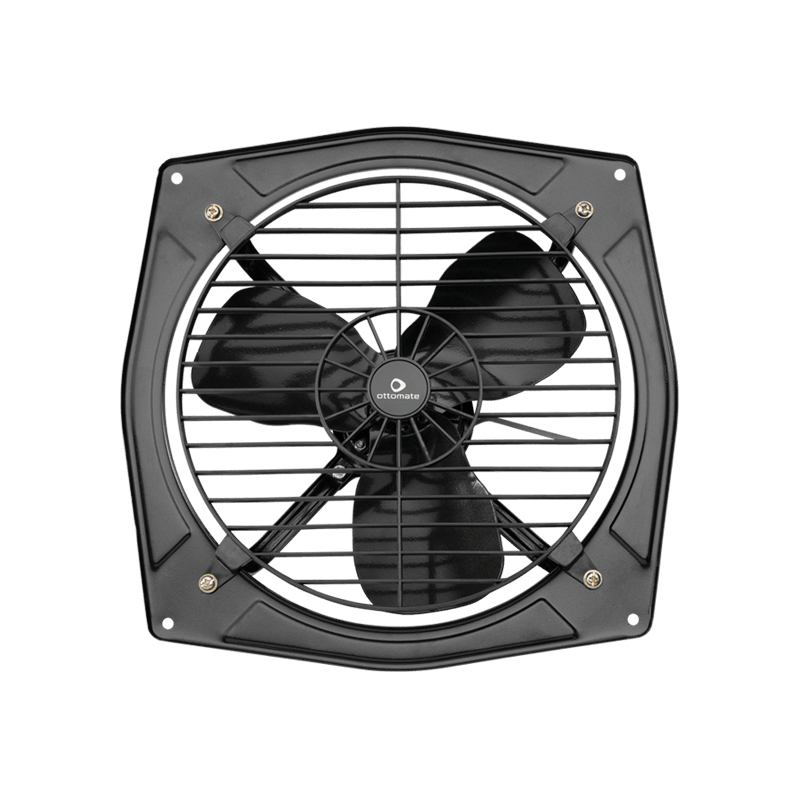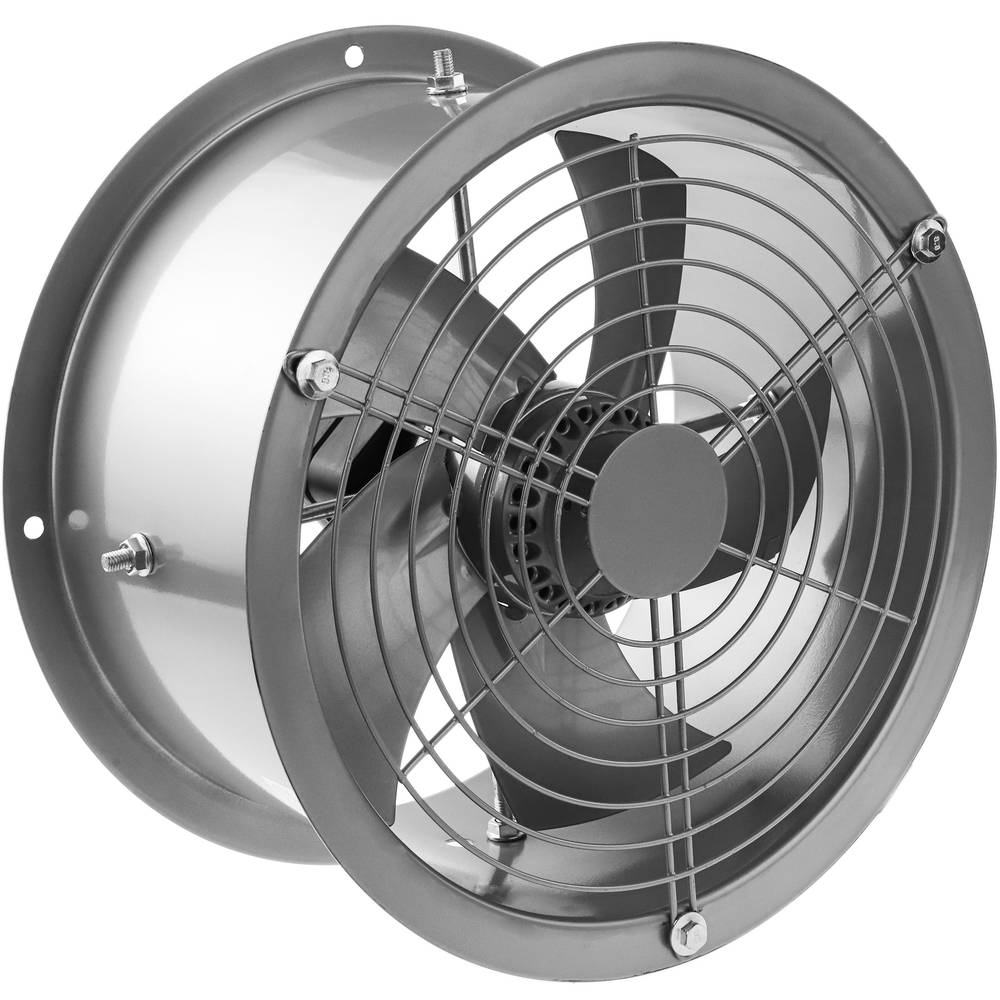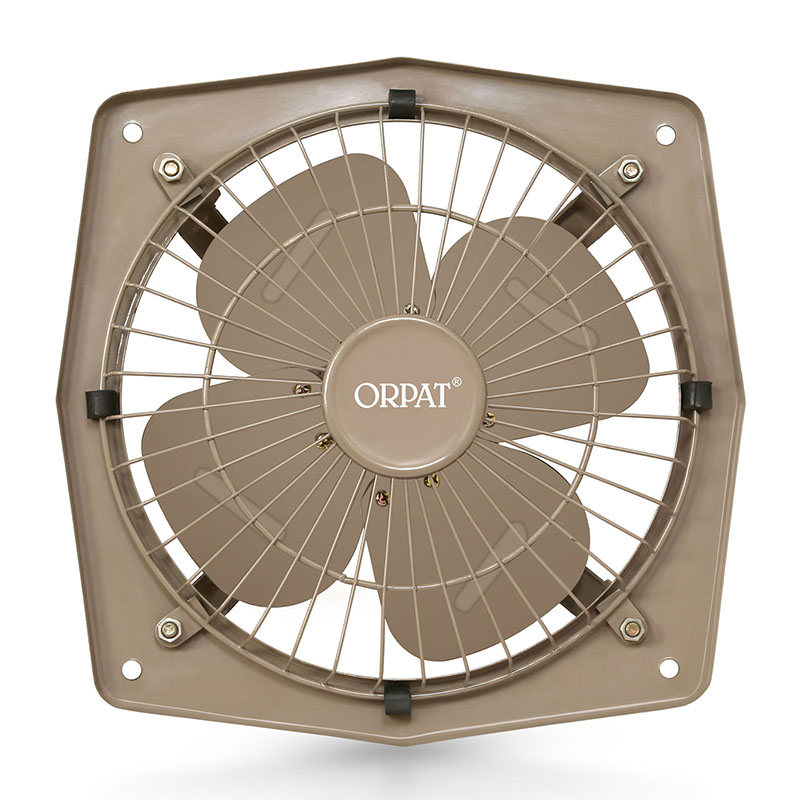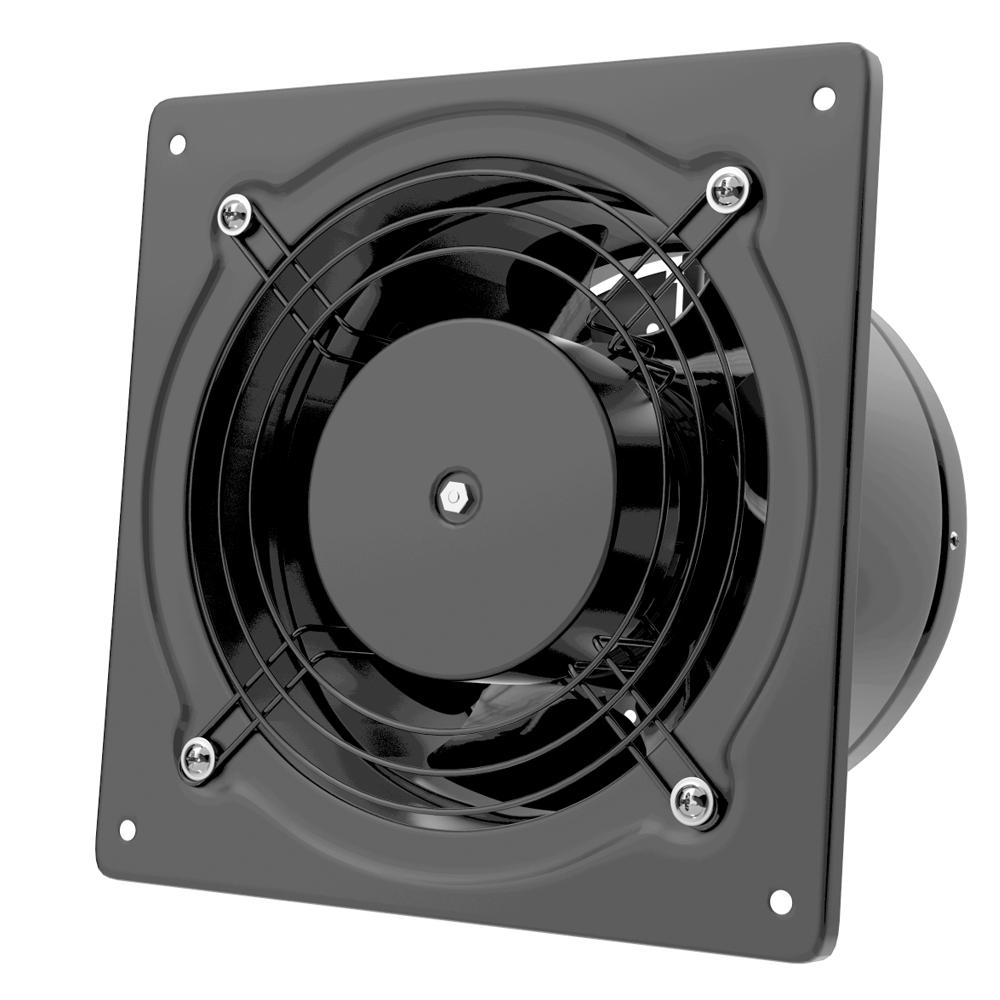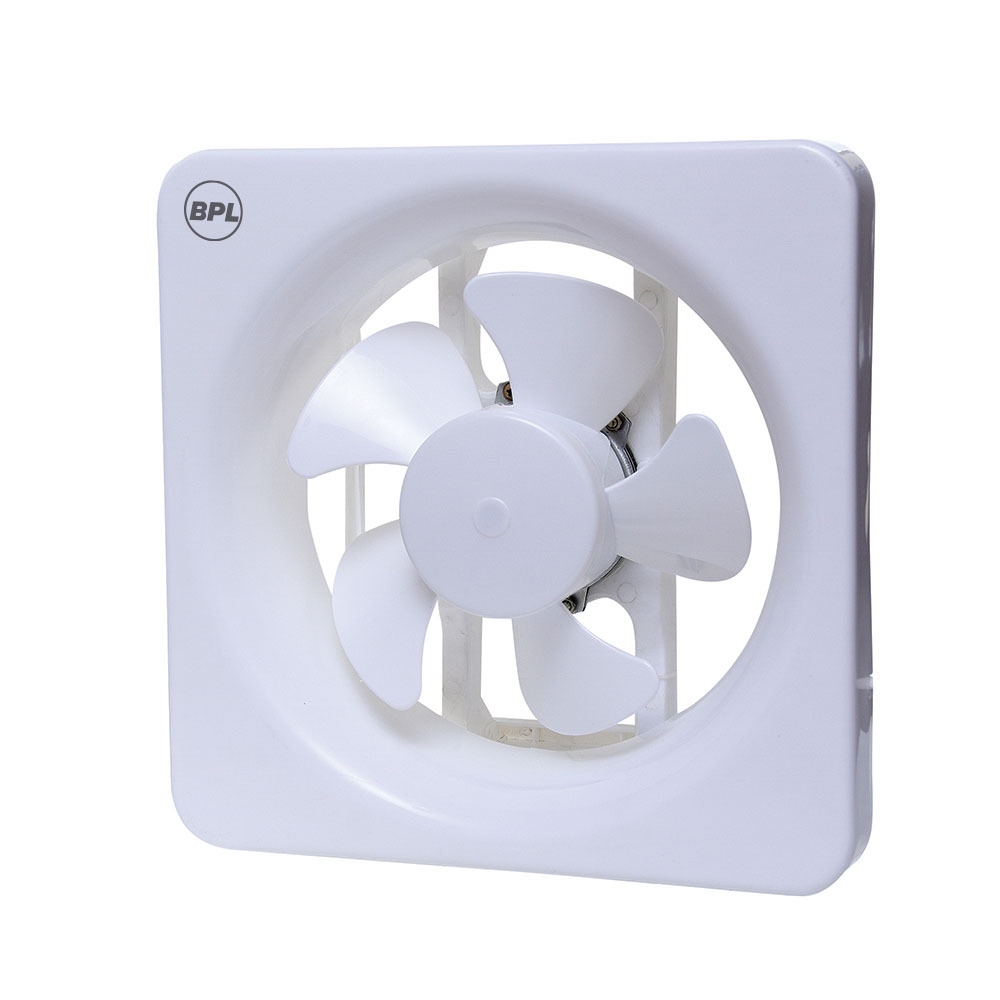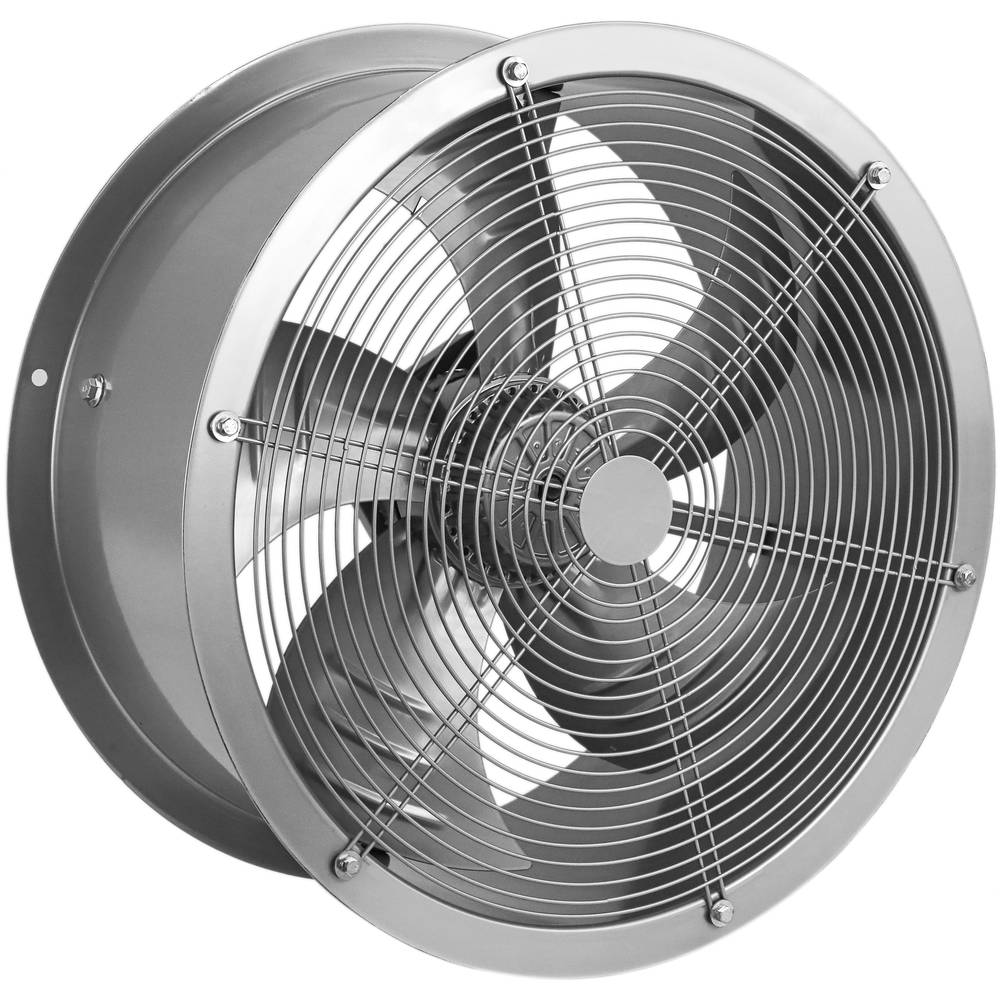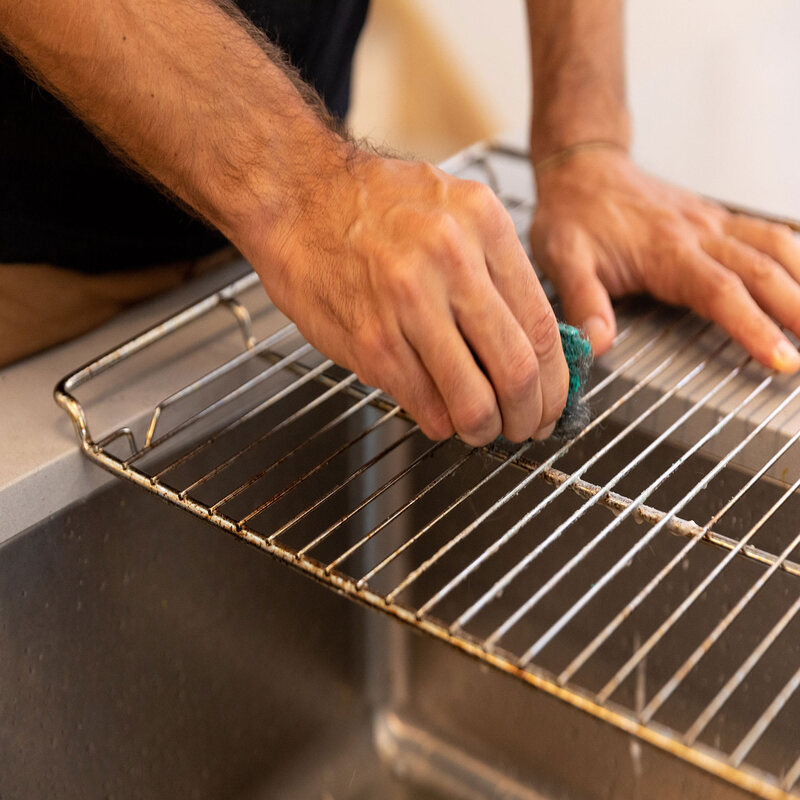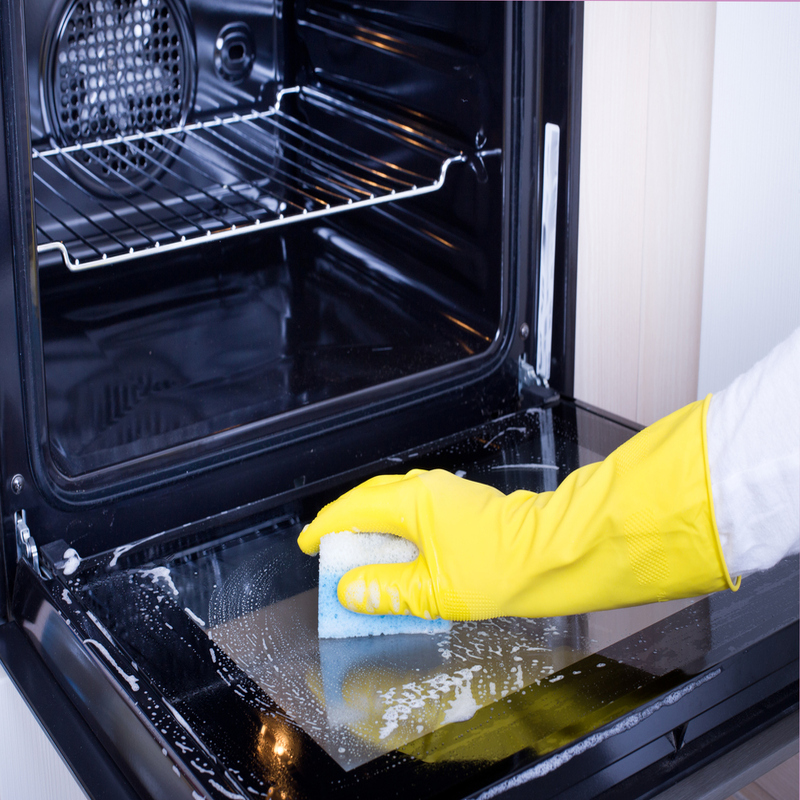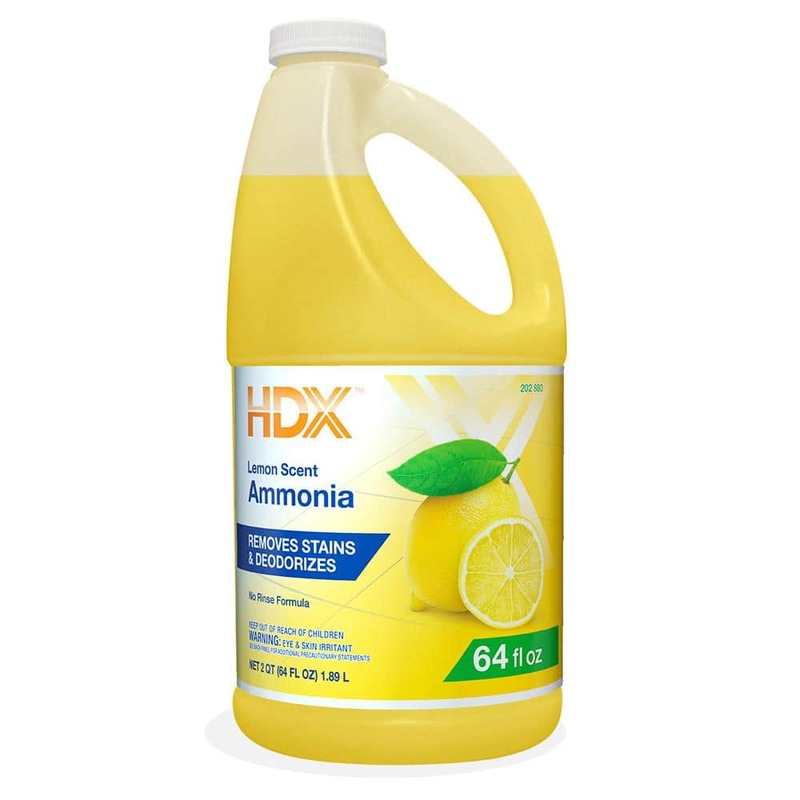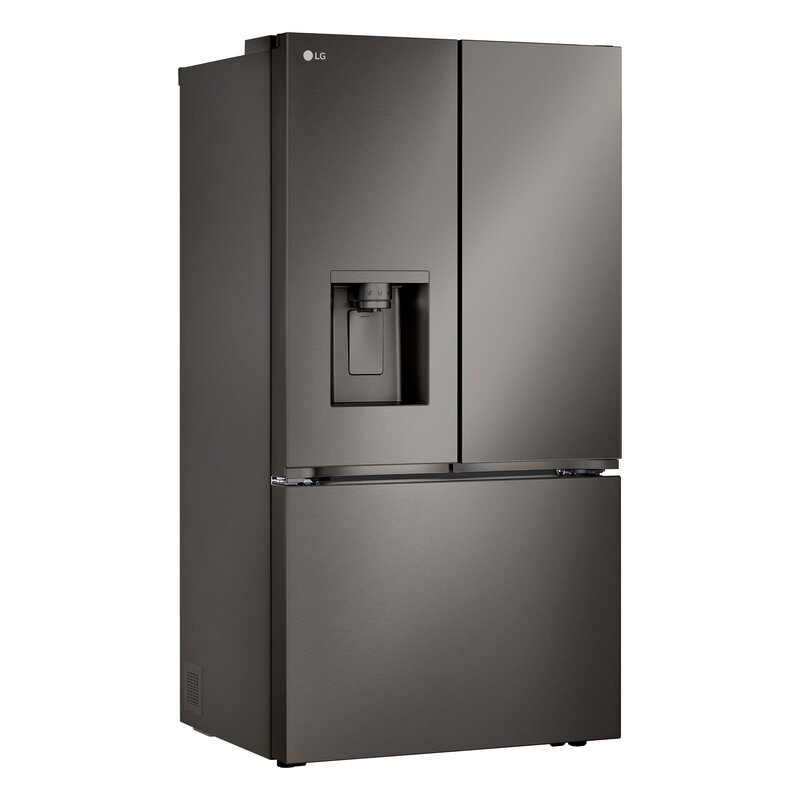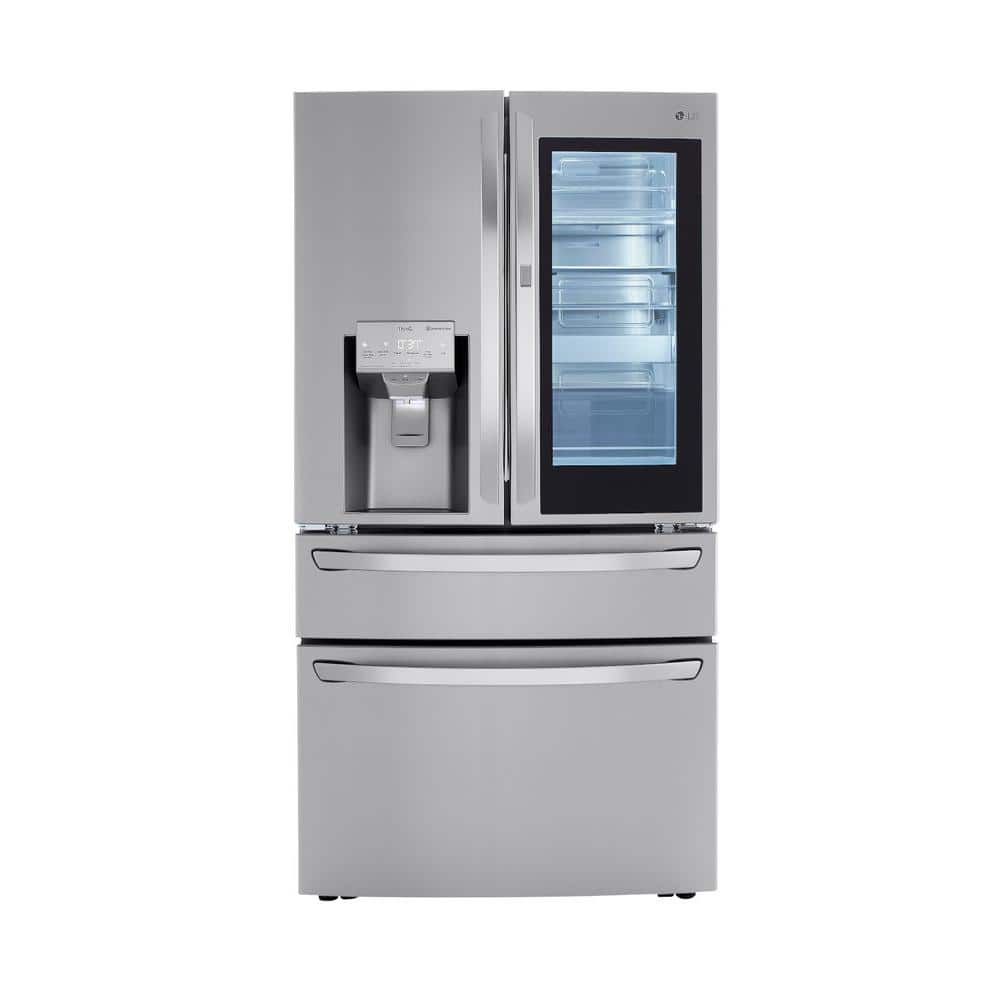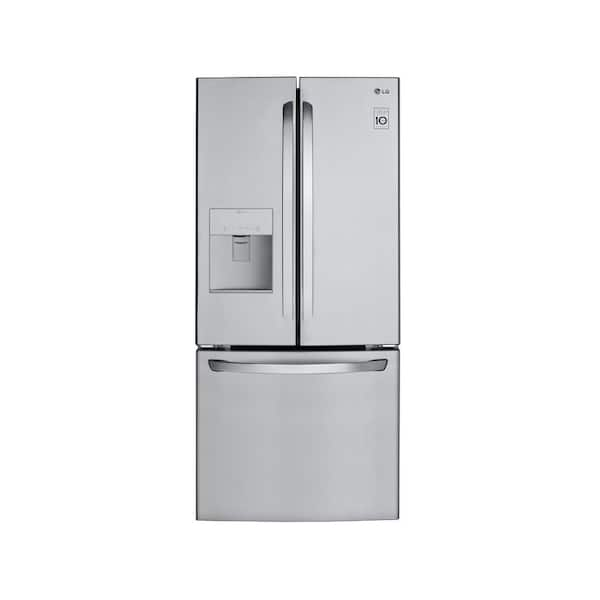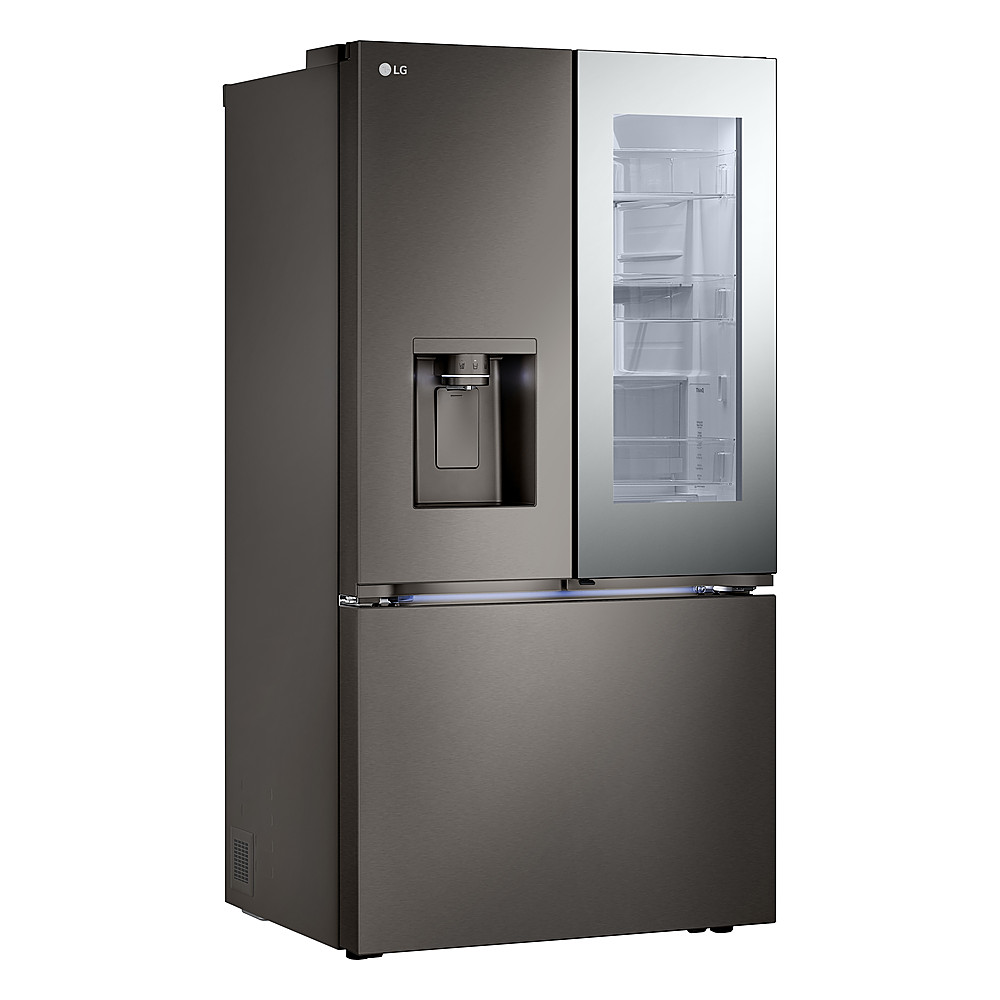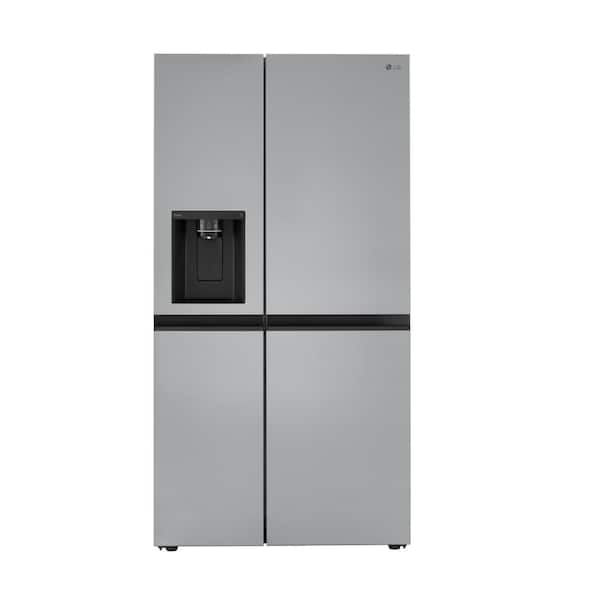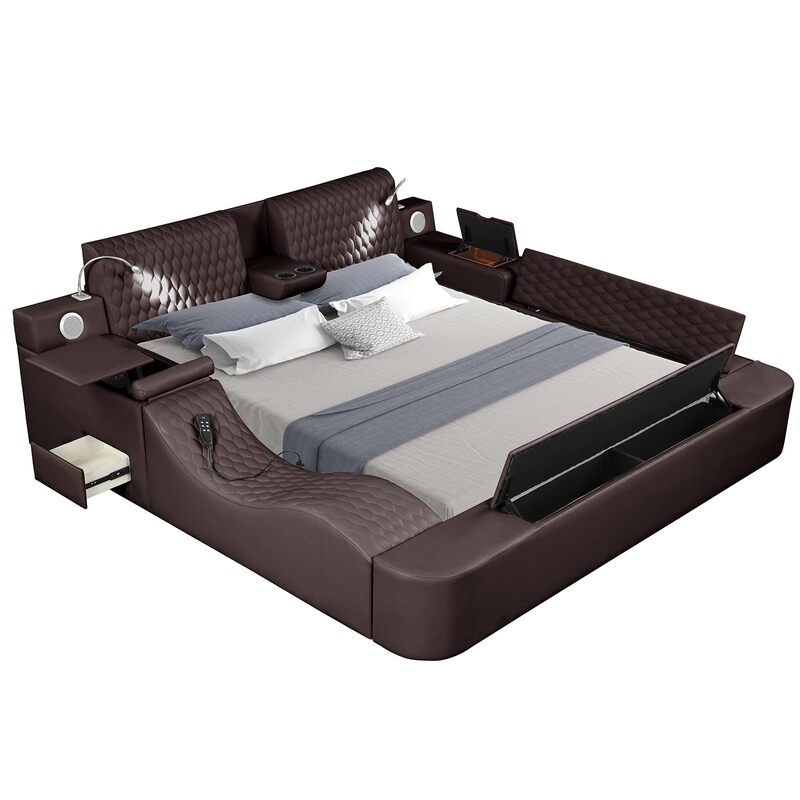Living in a world where air quality continues to degrade is concerning. Pollution levels are at an all-time high. Consequently, more individuals are becoming conscious of the air they breathe daily. Air purifiers have evolved as an essential household appliance. Among all the options available, the Beyond Guardian Air Purifier stands out significantly. Its advanced technology and exceptional functionality make it one of the best air purifiers on the market. In this article, we will delve into why this air purifier is a must-have for every household.
The Advanced Technology Behind Beyond Guardian
Proprietary ActivePure Technology
The most distinguishing feature of the Beyond Guardian Air Purifier is its proprietary ActivePure Technology. Unlike conventional air purifiers that rely on passive filters, ActivePure Technology works proactively. It eliminates contaminants in real-time. This innovative tech doesn’t just filter air; it purifies it by neutralizing harmful pathogens. These include viruses, bacteria, and mold spores.
Moreover, it eradicates even the smallest airborne particles. Consequently, you are ensured cleaner, safer air. ActivePure Technology uses a unique honeycomb matrix coated with titanium dioxide and hydrophilic coating. When the UV light hits this matrix, it forms hydroxyl radicals. These particles are highly reactive and neutralize contaminants upon contact. Therefore, you get effective air purification, bolstering your overall health.
Superior Filtration System
Another key feature of this purifier is its superior filtration system. It goes beyond conventional filters by incorporating multiple layers. First, it has a pre-filter that traps larger particles like dust and hair. This ensures that subsequent filters remain unclogged. Then comes the HEPA filter. Known for its high efficiency, it captures up to 99.97% of particles as small as 0.3 microns.
But the technology doesn’t stop there. The purifier also includes an activated carbon filter. This layer is crucial for eliminating odors and volatile organic compounds (VOCs). So, whether it’s cooking smells or chemical fumes, you can trust the Beyond Guardian to keep your air fresh. These layers work in harmony to deliver top-notch air quality.
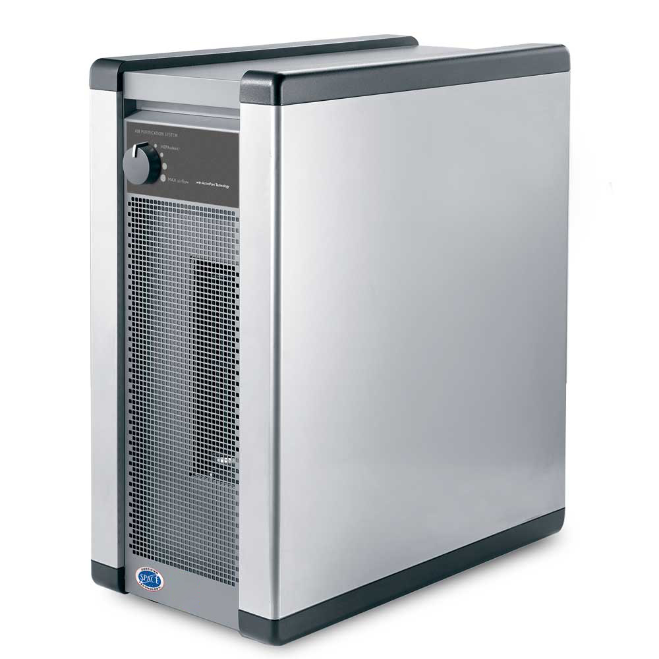
Health Benefits Beyond Imagination
Respiratory Health
The primary advantage of using the Beyond Guardian Air Purifier is improved respiratory health. Regular exposure to pollutants can aggravate or even cause chronic respiratory conditions. For instance, asthma sufferers often struggle to find relief. The Beyond Guardian Air Purifier can make a notable difference. Its multi-layered filtration system captures allergens like pollen and pet dander. These are common triggers for asthma and allergies.
Moreover, the ActivePure Technology eliminates microbial contaminants. This means fewer chances of respiratory infections, colds, and flu. By reducing these harmful agents, the purifier allows your respiratory system to function optimally. Consequently, you’ll experience fewer health issues and a significant improvement in your quality of life.
Enhanced Sleep Quality
Good air quality is essential for restful sleep. Many people overlook this factor. Pollutants and allergens can disturb your sleep, leading to fatigue and poor mental health. The Beyond Guardian Air Purifier ensures that your bedroom is a sanctuary of clean air. Its quiet operation also ensures that you are not disturbed by noise.
Over time, improved air quality leads to better sleep hygiene. You will feel more rested and rejuvenated. Moreover, clean air can even help in reducing snoring and sleep apnea symptoms. This makes the Beyond Guardian an essential addition to your sleep environment.

Energy Efficiency and Environmental Impact
Low Energy Consumption
One concern many have about air purifiers is the energy they consume. This is particularly important for those who run their units continuously. The Beyond Guardian Air Purifier is designed to be energy-efficient. It uses less power than many other models on the market. This means you can maintain clean air without a significant hike in your electricity bill.
Moreover, the unit comes with various operating modes. These allow you to customize its performance based on your needs. Whether you need maximum filtration during allergy season or standard operation, this air purifier has you covered. So, you get efficient air purification without compromising energy efficiency.
Eco-Friendly Design
Environmental sustainability is a growing concern. The Beyond Guardian Air Purifier is designed with this in mind. Firstly, it has a durable build. This ensures a longer lifespan and fewer replacements. Secondly, its filters are easily replaceable. This means less waste compared to units that require complete replacements.
Moreover, its activated carbon filter is made from environmentally friendly materials. This reduces the impact on landfills and other waste management systems. These eco-friendly features make the Beyond Guardian Air Purifier a responsible choice for environmentally conscious consumers.
Ease of Use and Maintenance
User-Friendly Interface
The Beyond Guardian Air Purifier is incredibly easy to use. It features an intuitive control panel. This makes it straightforward to adjust settings. You can easily switch between different modes. There is also an indicator for filter replacements. This ensures you are always aware of the filter’s status.
Additionally, the unit comes with a remote control. This adds another layer of convenience. You can adjust settings from across the room. This makes it easier to maintain the desired air quality without leaving your seat. All these features make it user-friendly for individuals of all ages.
Minimal Maintenance Requirements
Another significant advantage of the Beyond Guardian Air Purifier is its low maintenance. Although it boasts multiple filtration layers, maintaining them is simple. The pre-filter is washable, reducing the need for frequent replacements. The HEPA and activated carbon filters have long lifespans. You won’t need to replace them often.
Moreover, the unit notifies you when filters need replacing. This takes the guesswork out of maintenance. These features make it not just efficient but also convenient to maintain. It requires minimal effort on your part, yet delivers consistent air purification.
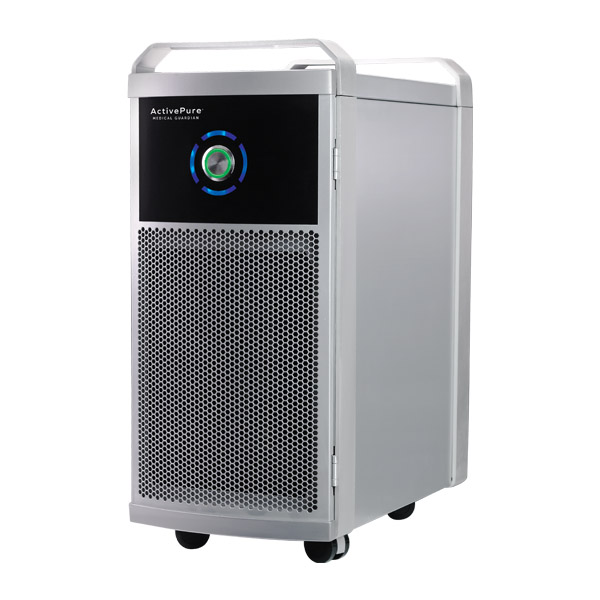
Versatility and Adaptability
Suitable for Various Environments
One of the remarkable attributes of the Beyond Guardian Air Purifier is its versatility. It is suitable for both residential and commercial settings. Whether you need it for your bedroom, living room, or office, it performs exceptionally well. Its compact design allows it to fit seamlessly into any space.
The unit is also lightweight and portable. You can easily move it from room to room. This ensures that you have clean air wherever you go. Moreover, its advanced technology allows it to adapt to different conditions effectively. Whether it’s pet dander or industrial pollutants, this air purifier tackles them all.
Ideal for Allergy Sufferers
For those suffering from allergies, this air purifier is a game-changer. Allergens are microscopic. They can penetrate even the smallest crevices in your home. The Beyond Guardian Air Purifier captures these particles with remarkable efficiency. Its HEPA filter captures pollen, dust mites, and pet dander. These are common triggers for allergic reactions.
Moreover, the activated carbon filter eliminates odors. This includes those produced by pets and cooking. This means that even if you have an allergen-prone household, you can maintain a clean and odor-free environment. This makes it an ideal solution for both allergy sufferers and general users.
Conclusion: Your Path to Cleaner Air
In conclusion, the Beyond Guardian Air Purifier is a top-tier option for anyone concerned about air quality. Its multiple layers of filtration, including ActivePure Technology, ensure that your air is impeccably clean. The health benefits are substantial. From improved respiratory health to better sleep quality, this purifier makes a difference. It also stands out for its energy efficiency and eco-friendly design.
Moreover, its ease of use and minimal maintenance make it a practical choice for busy individuals. Its versatility ensures it fits seamlessly into any environment. Whether you’re an allergy sufferer or simply want the cleanest air possible, the Beyond Guardian Air Purifier is your ultimate solution. Investing in this air purifier is investing in your health, well-being, and peace of mind.
Choosing the right air purifier is a critical decision. With the Beyond Guardian Air Purifier, you’re not just opting for cleaner air. You’re choosing a healthier, more comfortable living environment. So, make the smart choice today and breathe easy with the Beyond Guardian Air Purifier.


